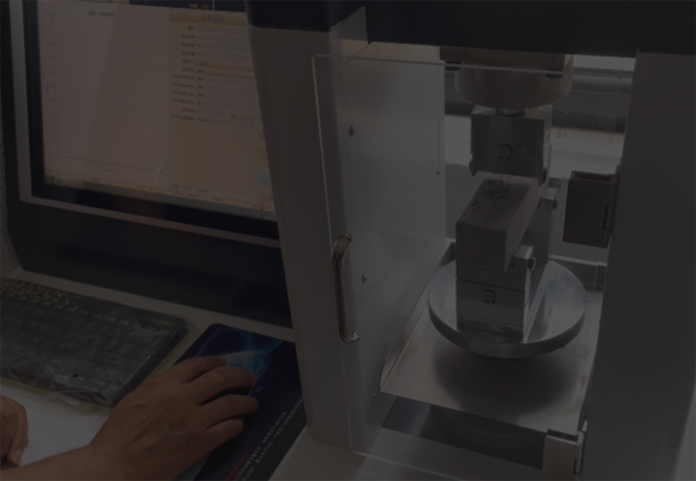
พ.ย. . 21, 2024 15:08 Back to list
hpmc full form
Understanding HPMC Its Full Form and Applications
Hydroxypropyl Methylcellulose (HPMC) is a versatile and widely used cellulose ether that plays a crucial role in various industries, including pharmaceuticals, food, cosmetics, and construction. Its chemical structure is derived from natural cellulose and modified to enhance its properties, making it suitable for various applications.
The Chemistry of HPMC
HPMC is created by etherifying cellulose, a natural polymer found in plant cell walls. The process involves substituting hydroxyl groups in the cellulose molecule with hydroxypropyl and methyl groups. This modification alters the solubility of the molecule, allowing HPMC to dissolve in water and create stable solutions or gels. The degree of substitution and the molecular weight of HPMC can vary, leading to different grades that offer specific properties such as viscosity, gel formation, and film-forming capabilities.
Pharmaceutical Applications
One of the primary uses of HPMC is in the pharmaceutical industry. Its ability to form gels and controlled-release formulations makes it an excellent excipient in drug delivery systems. HPMC can be found in various dosage forms, including tablets, capsules, and topical formulations. In tablet manufacturing, HPMC is often employed as a binder to ensure that the tablet maintains its integrity and does not crumble during handling. Additionally, its use in ophthalmic solutions enhances the viscosity, providing longer retention time in the eye, which is crucial for effective drug delivery.
HPMC is also utilized in controlled-release formulations, allowing drugs to be released slowly over time. This property is particularly beneficial for medications that require consistent therapeutic levels in the bloodstream without the need for frequent dosing. Overall, HPMC’s compatibility with various active pharmaceutical ingredients (APIs) makes it a critical component in many pharmaceutical formulations.
Food Industry Utilization
hpmc full form

In the food sector, HPMC serves multiple purposes. It is commonly used as a thickener, emulsifier, and stabilizer. HPMC enhances the texture and consistency of food products, contributing to the creamy mouthfeel of sauces, dressings, and dairy products. In gluten-free baking, HPMC acts as a binding agent that mimics the properties of gluten, helping to improve the structure and texture of baked goods.
Moreover, HPMC is recognized for its contribution to reducing the fat content in certain food products. By acting as a fat replacer, it allows for lower-calorie formulations without sacrificing flavor or texture, promoting healthier eating habits without compromising culinary experience.
Cosmetology and Personal Care Products
HPMC has established a strong presence in the cosmetics and personal care industry as well. Its ability to form films and create viscosity makes it an ideal ingredient in shampoos, conditioners, lotions, and creams. In these applications, HPMC not only enhances the texture of the products but also aids in delivering active ingredients effectively through the skin or hair. The versatility of HPMC allows formulators to develop products that provide a luxurious feel while maintaining stability over time.
Contributions to Construction
In construction, HPMC plays a vital role as a water-retaining agent in cement and gypsum-based products. Its inclusion in mortars and adhesives improves workability and extends the open time for these materials. This property is critical, especially in hot and dry conditions where rapid drying can compromise the adhesion of materials.
Conclusion
Understanding HPMC and its full form—Hydroxypropyl Methylcellulose—reveals its significance across various sectors. Its unique properties enable innovations in pharmaceuticals, enhance food products, improve cosmetics and personal care solutions, and contribute to advancements in construction materials. As industries continue to evolve and demand more from ingredients, HPMC stands out as a critical component that not only meets these demands but also promotes an understanding of sustainable and functional alternatives derived from natural sources. The multifaceted applications and benefits of HPMC make it an essential player in contemporary product formulations.
-
Versatile Hpmc Uses in Different Industries
NewsJun.19,2025
-
Redispersible Powder's Role in Enhancing Durability of Construction Products
NewsJun.19,2025
-
Hydroxyethyl Cellulose Applications Driving Green Industrial Processes
NewsJun.19,2025
-
Exploring Different Redispersible Polymer Powder
NewsJun.19,2025
-
Choosing the Right Mortar Bonding Agent
NewsJun.19,2025
-
Applications and Significance of China Hpmc in Modern Industries
NewsJun.19,2025







